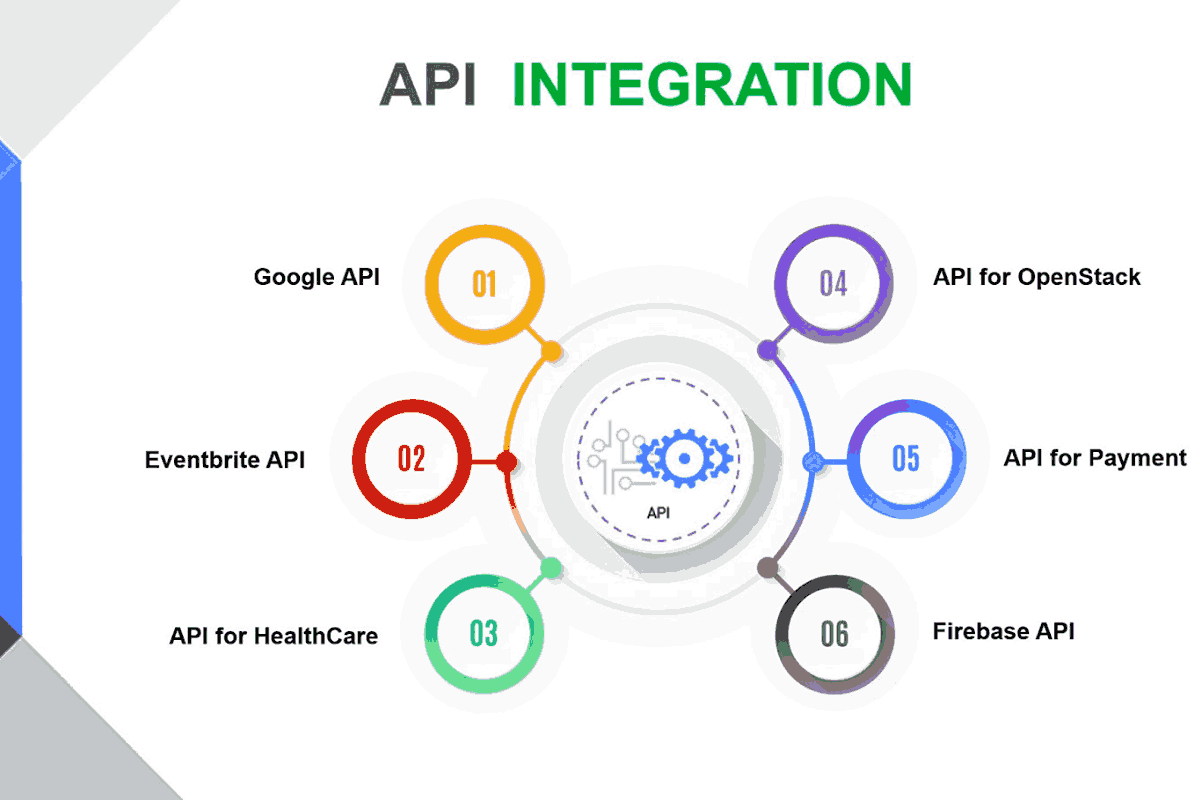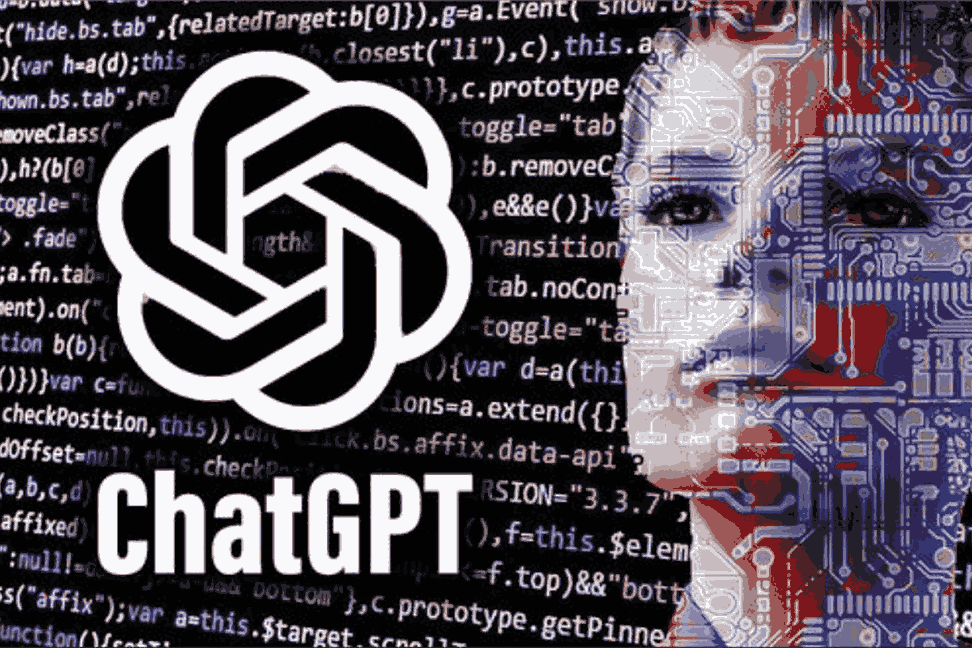
In today’s data-driven world, data scientists play a crucial role in helping organizations make informed decisions. Given the increasing demand for skilled professionals in this field, having a well-crafted resume is essential to stand out among other candidates.
This article offers guidance on creating an effective resume tailored specifically for data scientists, ensuring it highlights the right skills and experiences to attract recruiters’ attention.
Why a Specialized Resume Matters for Data Scientists?
A data scientist’s role requires a unique blend of technical expertise, analytical thinking, and communication skills. Unlike generic resumes, a specialized document must clearly showcase proficiency in programming, statistics, data visualization, and problem-solving. Tailoring your resume to reflect these attributes demonstrates to potential employers that you have the right qualifications to handle complex data challenges.
Key Sections to Include
Contact Information
Begin by listing your name, contact number, professional email, and — if you have them — a LinkedIn profile or personal portfolio link. Keep this section concise and professional.
Professional Summary
A brief summary or objective statement should highlight your career goals and key competencies. Focus on what you bring to the table, such as years of experience, domain expertise, and core technical skills.
Technical Skills
List programming languages (Python, R, SQL), tools (TensorFlow, Hadoop, Tableau), and databases you are proficient with. Including skills relevant to the job description increases the chances of passing automated resume screening systems.
Work Experience
Detail your past roles, emphasizing accomplishments over responsibilities. Use quantifiable results to demonstrate impact — for example, “Improved predictive model accuracy by 15%,” or “Automated data processing pipeline reducing workload by 30 hours weekly.” Be clear about your contributions to projects and the technologies used.
Education
Include your highest degree first, along with the institution’s name and graduation year. Certifications in data science, machine learning, or cloud computing can also be added here or in a separate section.
Projects
Highlight relevant projects that showcase your skills in action. Explain the challenge you addressed, outline your method for solving it, mention the technologies applied, and highlight the results achieved. This is especially valuable for recent graduates or those with limited professional experience.
Additional Sections
Depending on your background, consider adding sections for publications, conferences, awards, or volunteer work related to data science.
Tips for Writing an Effective Data Scientist Resume
-
Use Action Verbs: Start bullet points with verbs like analyzed, developed, implemented, or optimized to convey your active role.
-
Quantify Achievements: Numbers speak louder than generic descriptions. Whenever possible, include metrics to show tangible results.
-
Customize for Each Job: Tailor your resume for every application by incorporating keywords and skills mentioned in the job posting.
-
Keep It Concise: Ideally, keep your resume to one or two pages, focusing on relevant experiences and avoiding unnecessary details.
-
Highlight Soft Skills: Communication, teamwork, and problem-solving are crucial for data scientists, so weave these into your experience descriptions.
-
Format for Readability: Use clear headings, bullet points, and consistent font styles. Avoid clutter and ensure plenty of white space for easy scanning.
Common Mistakes to Avoid
-
Overloading with Jargon: While technical terms are important, too much jargon can confuse recruiters who may not be specialists. Strike a balance.
-
Listing Irrelevant Skills: Focus on skills that add value to the position you’re targeting instead of a broad, unfocused list.
-
Neglecting Proofreading: Spelling or grammar errors can create a negative impression. Review carefully or ask someone else to proofread.
-
Ignoring ATS Compatibility: Many companies use Applicant Tracking Systems (ATS) to filter resumes. Use standard headings and avoid graphics or unusual fonts that ATS may not parse correctly.
Sample Phrases to Use
-
Developed machine learning models to predict customer churn, achieving 85% accuracy.
-
Analyzed large datasets to identify trends, driving a 10% increase in sales.
-
Automated data cleaning processes, reducing manual workload by 40%.
-
Worked alongside teams from different departments to turn organizational needs into effective technical implementations.
Final Thoughts
Crafting an impressive resume is a vital step toward landing a data science role. By focusing on relevant skills, quantifiable achievements, and clear presentation, you increase your chances of catching recruiters’ attention and securing interviews.
Remember to tailor your resume for each opportunity and continuously update it with new experiences and certifications to reflect your evolving expertise.
Keywords:
- Data Scientist Resume










Leave a comment